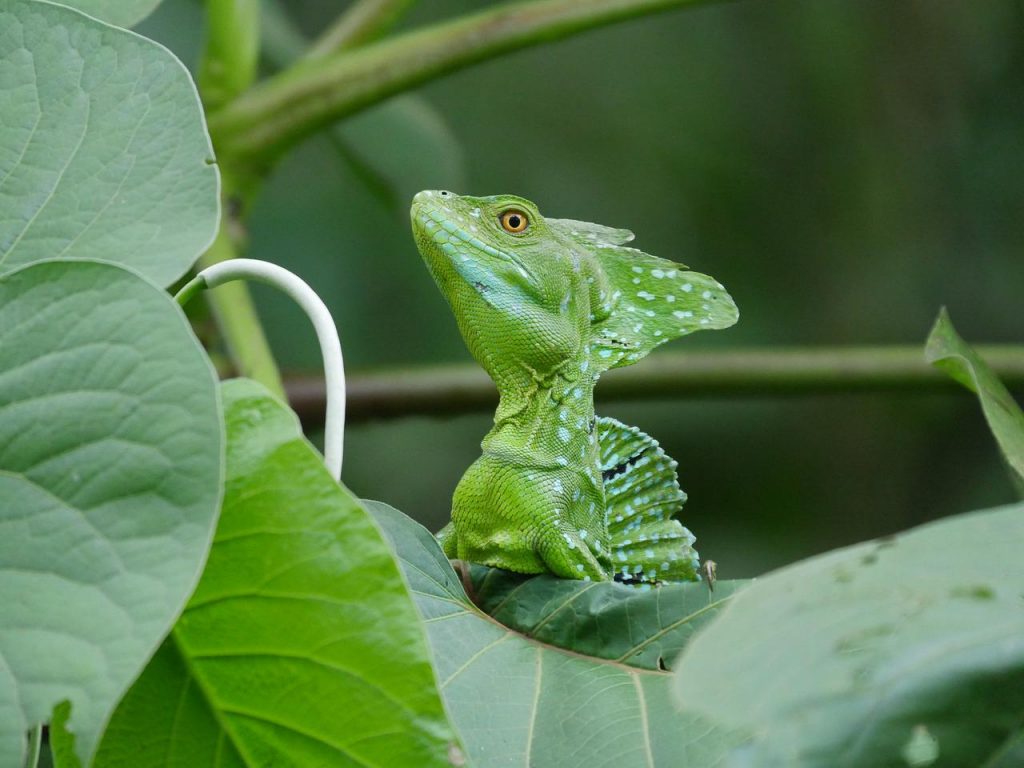
Costa Rica: Inspiring Environmental Conservation
One of the happiest countries in the world, Costa Rica – meaning rich coast in Spanish – has a wealth of colourful and interesting natural attractions for travellers to explore. Spanning 51,100km², Costa Rica holds some 5% of the world’s species, even though it covers only 0.03% of the planet, and is under fierce protection of the government. A land of sandy tropical beaches, colourful flora, dense forest, magnificent mountains, and breathtaking volcanoes all wait to be discovered!
From the outside, Costa Rica seems to be a country which is doing everything right. Considered an upper-middle income country, it offers the 4.8 million people who live there a good quality of life and has shown steady development for the past 25 years. 8% of the GDP is invested into education due to no military spending, and to quote a former president – Carlos Alvarado Quesada – Costa Rica’s strength is their “human talent, human wellbeing.” In a world which is increasingly putting economic benefits above human happiness, Costa Rica is a reminder that countries can focus on important issues such as the environment, education, and safety, while maintaining economic development – a beacon of hope for us all.
Currently, Costa Rica is committed to becoming a carbon-neutral country, and has committed to a strategy which includes the promotion of c-neutral companies and communities, incentives for positive action, emissions reduction, waste management, a new tree-planting campaign and much more. This comprehensive strategy will help inspire and will, in the words of former president Óscar Arias, “show the world that what ultimately needs to be done, can be done.”
Biodiversity in Costa Rica
It is easy to understand why the environment is such a big element in Costa Rica when a deeper look is taken at just how much biodiversity this mesmerising country holds. Altogether there are over 500,000 species present, with over 800 species of bird, 250 mammal species, 225 reptile species, 171 species of amphibian, as well as tens of thousands of insect species. Over 50 species of hummingbird fill the air with their gentle hum, with toucans and scarlet macaws croaking and squeaking from their perch in the trees. The vibrant, almost holographic, glow of the turquoise and red Resplendent Quetzal can be seen as their long tail feathers flick and fly through the air.












